Nouns are the largest, and one of the two most important, category in the parts of speech. The precise number of nouns is unknowable and uncountable: there are as many nouns as there stars in the sky – or, if each start had a name, this would literally be true, as each of those names would be a noun (in which case there would be more nouns than there are stars in the sky, as not only would there be a noun for every star, but all the other nouns as well).

The easiest way to explain nouns is that nouns are the names of things: individual things, several things and groups of things; specific and particular things and general or generic things; things we can see or touch and things we can’t; things that exist only in a lump and things that exist individually; in fact, anything and everything . . . As we are constantly inventing and discovering new things, and giving these things names, we are always creating more nouns. This is why nouns are such a large group of words. Nouns are also subdivided into different groups: proper and common; concrete and abstract; mass and unit (or count); and collective. These groups are not necessarily mutually exclusive, although each pairing is: a noun can be simultaneously proper, concrete and unit (Susan), or common, abstract and mass (sunshine).
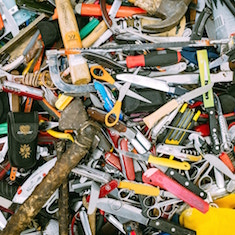
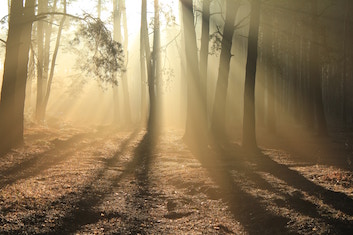
Nouns are the names of things; sunshine is simultaneously a common, abstract and mass noun
Partly because nouns are such a large group of words, they don’t all behave in the same way. While we can say things that are true of most nouns, there are usually exceptions (most often a specific subgroup of nouns) that don’t fit the ‘rule’. It seems confusing, but if you remember the main rule, and the exceptions, you should be able to recognise nouns.
Of course, since parts of speech describe the function are particular word has when it is in a group of other words, the key thing to remember is that nouns are the words that tell us the name of something. A noun is not necessarily a single word: when a noun is made up of more than one word, we call it a compound noun. Southern Cross Station and railway station are examples of compound nouns; train is an example of a single-word noun. Some compound nouns have, over time, become single words: for example, bookmaker and newspaper.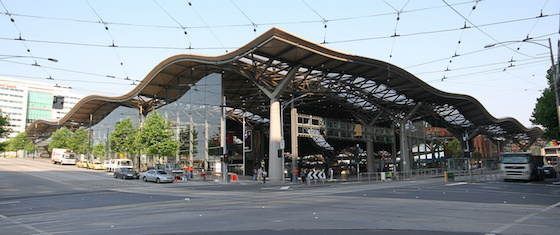
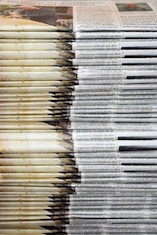 Southern Cross Station is a compound noun; newspaper is a compound noun that has become a single word
Southern Cross Station is a compound noun; newspaper is a compound noun that has become a single word
Most nouns exist in two forms: singular (the name of one thing) and plural. The simple rule for creating plurals in English is to ‘add s‘ but there are many words that form plurals in other ways (‘ add es‘, ‘change y to i and add es‘, ‘change an internal vowel’, ‘create a new word ending in en‘, ‘change um to a‘ and so on!). I’m not going to cover spelling; you can look them up for yourself. But when we make plurals in these ways, the words we are altering and the words we create are all nouns. Just remember that plurals are never – never – created with an apostrophe.
Notice that I said ‘most nouns’ exist as singular and plural. There are three groups of nouns that exist mostly in their singular form, and a very small group of nouns that exist only as plurals. Most proper nouns sound strange as plurals, and we nearly always use them in a singular form: it sounds odd if not plain wrong, for example, to say Susans or Southern Cross Railway Stations. But there are some occasions we can create logical plurals for proper nouns: When I was in Year 7, I was one of five Susans in my class or There are two Melbournes in the world: the capital of Victoria, Australia, and a town in Florida, USA.
While we can occasionally use proper nouns in a plural form, mass nouns never form plurals (that, in fact, is part of the definition of a mass noun). Most abstract nouns also exist only in the singular form: happiness, sadness, aggravation and anger, for example.
Finally, there are just a few nouns that exist only as plurals. These are words describing things made of up two joined halves: jeans, trousers, pants, underpants, tongs, scissors, pliers and secateurs. There has been an interesting development over the last couple of decades with the fashion-related plural-only nouns: it has become fashionable to use the words jean, trouser and pant. (My personal theory is that a famous fashion designer once started doing this and nobody dared correct them but instead started copying them . . . ) This development seems confined to the upmarket end of the fashion world and would-be upmarket end : it has not spread, for example, to Australian slang terms for underpants, which are still firmly plural: undies, knickers, daks, smalls, reg grundies . . . The international worlds of cooking and hardware have also remained oblivious to this trend, with no one yet talking about their tong, plier, scissor or secateur.
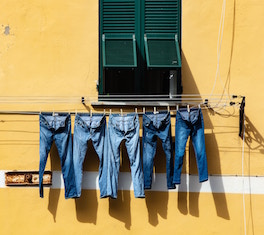
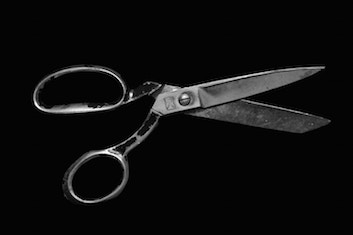
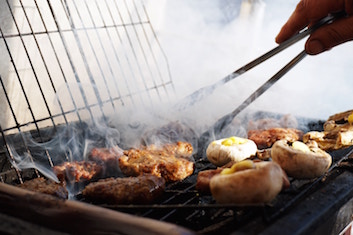
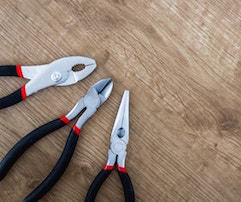
Jeans, scissors, tongs and pliers: some of the few nouns that exist only as plurals
Another common feature of most nouns (again, most!) is that we use them after articles: the words a, an and the. Again, proper nouns are the exception here: we don’t tend to say The Susan is sitting at her desk or A Southern Cross Railway Station is nearby. But most nouns sound correct when they follow a, an or the: The blogger has created a new post on grammar or A railway station is usually located close to the centre of the town.
Over the next few weeks, I’ll look at the different categories of nouns.

If you have found this post interesting, you can find a full index to my other posts on the index page. To be notified when I post a new topic, follow me on Facebook! If you have any particular questions you’d like me to answer in future posts, just send me a message. I’m always interested to learn what people think, and how you came across this site, so please post a comment.
If you think you would be interested in either my complete grammar course or an individual customised online course (particularly suited for people who don’t live in Melbourne), just click your preferred option.